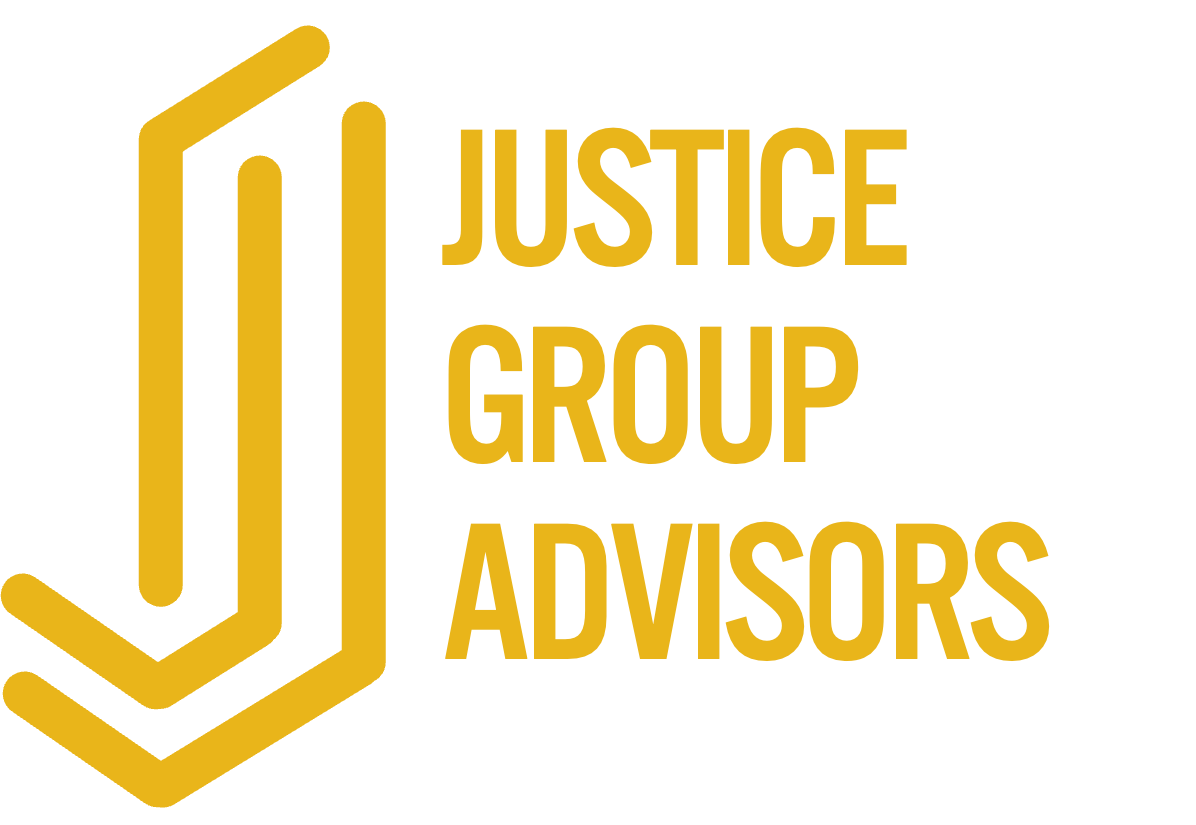Why Feedback Culture Fails: The One Leadership Skill Most Companies Ignore
You did everything right.
Got executive buy-in. Built the framework. Delivered the trainings.
You made feedback a “culture pillar.”
But here you are again.
The conversations happened—but they didn’t land.
Managers didn’t say what needed to be said.
Or they said it in ways that triggered shutdown, resentment, or confusion.
Now employees are frustrated.
Managers are avoiding eye contact.
And you’re left cleaning up the aftermath.
And people are starting to ask—quietly, but clearly:
Was it worth it?
Worse, people start to question whether feedback culture actually drives anything at all.
That’s when it stops being seen as a business lever—
and starts being dismissed as just another HR initiative.
Not because you built the wrong thing.
But because the system wasn’t built to hold it.
You’ve Trained the Givers. Now It’s Time to Train the Receivers
Most organizations focus feedback efforts on one side of the exchange: the giver.
Train the managers. Teach a framework. Practice the scripts.
Important work—but it’s not enough.
Because feedback doesn’t always fail in the giving.
It often fails in the receiving.
Most employees—and many leaders—have never learned how to:
Separate feedback from identity
Extract value from imperfect delivery
Stay grounded when the message is hard to hear
So they deflect. Shut down. Or silently disengage.
And the next time a manager considers giving honest feedback, they hold back—because last time, it backfired.
That’s not a people problem.
It’s a system gap.
And if you’re not addressing it, your feedback culture isn’t just incomplete—it’s unstable.
The Hidden Lever You Haven’t Pulled (Yet)
If you’ve built the structures—but feedback still sparks defensiveness, avoidance, or confusion—
you don’t have a communication problem.
You have a capacity problem.
Because when feedback hits a team that doesn’t know how to metabolize it,
it doesn’t build alignment. It builds fear.
Fear of getting it wrong.
Fear of speaking up.
Fear of hearing the truth.
And fear kills feedback faster than poor delivery ever could.
That fear doesn’t stay in the feedback loop.
It seeps into performance, trust, retention, and results.
That’s when leaders start tuning out.
That’s when employees stop taking it seriously.
And that’s when your credibility—and the value of your work—starts to quietly erode.
How to Shift the System: Three Strategic Moves
1. Reframe Your Training Goals
Stop focusing solely on how to deliver hard messages.
Start teaching people how to:
Extract signal from imperfect feedback
Normalize discomfort as part of growth
Move forward without taking it personally
Feedback isn’t just a skill. It’s a shared responsibility.
If you're looking for ways to help employees reflect more effectively on tough feedback moments—especially when coaching or real-time support isn’t available—AI can be a surprisingly useful tool.
Here’s a simple self-reflection prompt you can share, designed to be used with tools like ChatGPT:
AI Prompt (for employees):
“I just got feedback that was hard to hear. I don’t agree with all of it, but I want to take something useful from it.
What are 3 questions I can ask myself to move forward without getting stuck in defensiveness?”
AI won’t fix your culture.
But it can help people slow down, hear their own reactions more clearly, and surface a few next steps—especially in high-stakes moments when the instinct is to shut down or overreact.
2. Redesign Manager Development
Managers shouldn’t just give feedback well.
They should build feedback capacity on their teams.
That means:
Debriefing feedback moments
Clarifying intent, not just content
Modeling how to receive and recover
When managers do this, they stop fearing the fallout—and start seeing results.
Want to give them a low-lift tool for when feedback doesn’t go as planned?
AI Prompt (for managers):
“I gave feedback that was technically right, but it triggered defensiveness.
What are 3 ways I can follow up to reinforce trust and learning—without backtracking?”
AI isn’t a replacement for coaching.
But it’s a powerful reflection tool when managers feel stuck or uncertain about next steps.
3. Change the Cultural Narrative
Say this out loud (often):
“Feedback doesn’t have to be perfect to be powerful.”
Then back it up in how you talk, how you lead, and how you respond when things get messy. And train your managers to do the same.
Normalize the idea that imperfect feedback—delivered with care—is better than silence.
Model it in real time. Coach it in the moment. Celebrate it when it happens.
That’s how it becomes culture—through repetition and reinforcement.
Why This Matters (Especially for You)
When people can’t receive feedback, performance doesn’t just stall—it spirals:
Execution slows
Issues fester
You burn time managing emotions instead of solving problems
And all that effort you’ve poured into feedback culture?
It gets quietly questioned.
But when people know how to work with feedback:
Managers get braver
Employees take more ownership
Conversations get clearer, faster, and more productive
That’s what makes the work stick.
That’s what makes it real.
And that’s what connects your work to visible, credible change.
Final Thought: This Isn’t a Messaging Problem—It’s a Missed Opportunity
You’ve done the work.
You’ve built the systems.
You’ve coached the leaders.
But if feedback still creates conflict, silence, or shut-down?
You don’t need more buy-in.
You need a better leverage point.
Because you can’t always control how feedback is delivered.
But you can shape how your culture receives it.
And that changes everything.
TL;DR: Common Questions HR Leaders Ask (and What to Do Next)
If you’ve built a strong feedback program but it’s still not landing—these are the kinds of questions worth asking behind the scenes.
Q: Why isn’t our feedback culture working, even with executive support and training?
A: Because most programs only train the givers. But feedback often fails in the receiving. If people can’t metabolize hard messages, the system breaks down—even with perfect delivery.
Q: What does it look like to build feedback receiving capacity?
A: It’s not about being more agreeable. It’s about teaching people to extract value from imperfect messages, stay engaged when it’s uncomfortable, and recover without shutting down.
Q: How can we support our managers when feedback backfires?
A: Train them to debrief—not just deliver. Create space to clarify intent, model recovery, and normalize imperfection. That’s how cultures shift: through reinforcement, not just scripts.
P.S. This is exactly the kind of shift we build inside the Leadership Lab
Not more training. Not more slide decks.
Real leadership capacity—built through the mindset shifts that ripple across conversations, decisions, and outcomes.
One hour a month. Real momentum. Join the waitlist.

